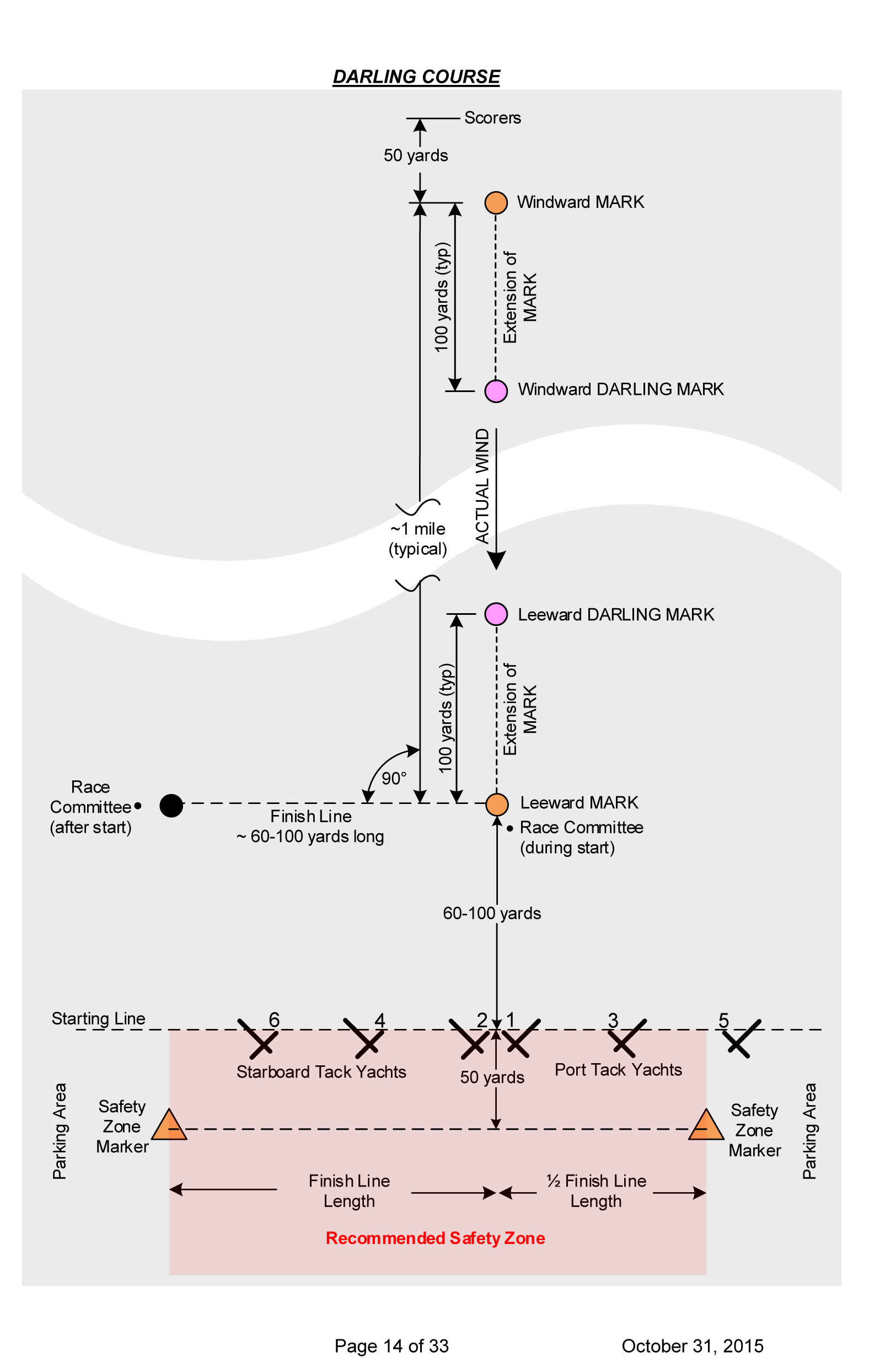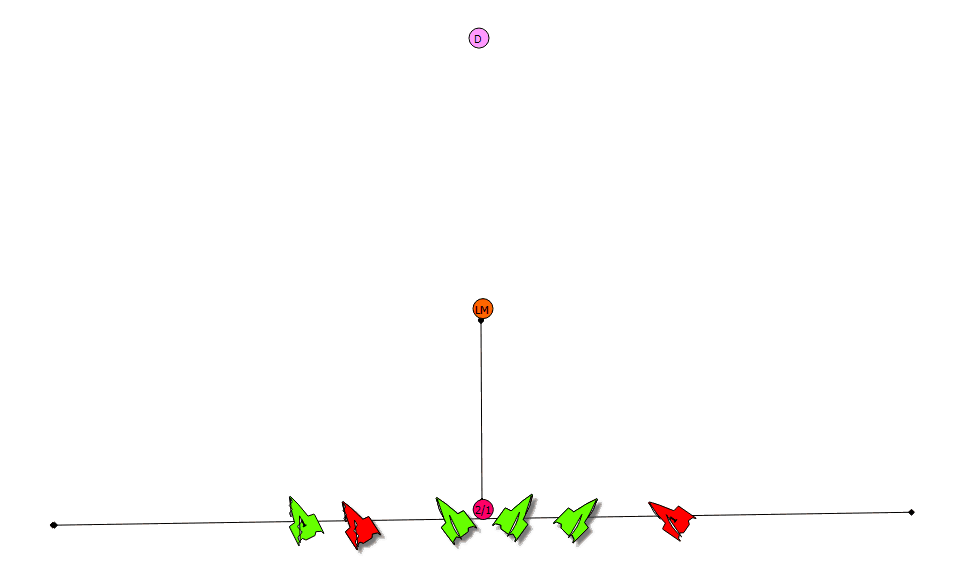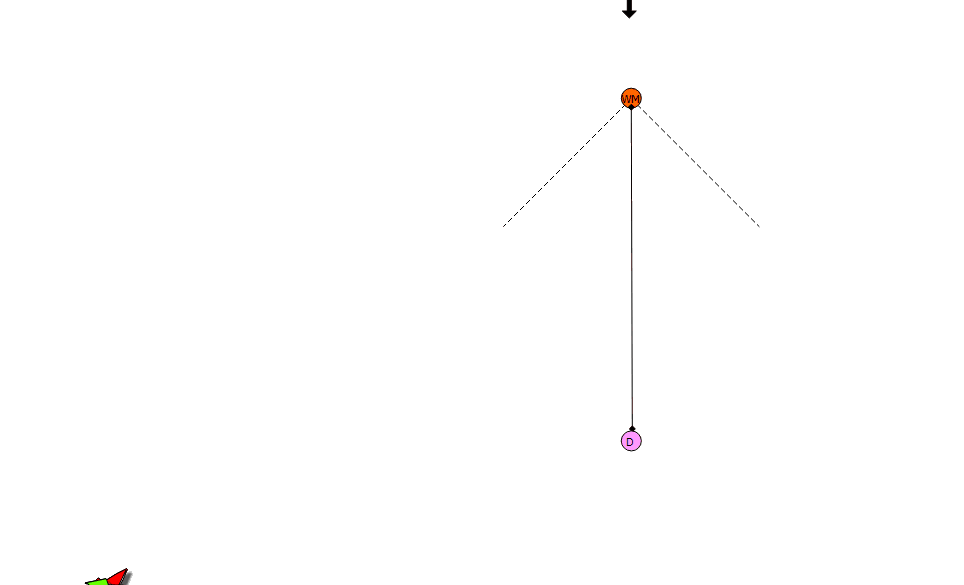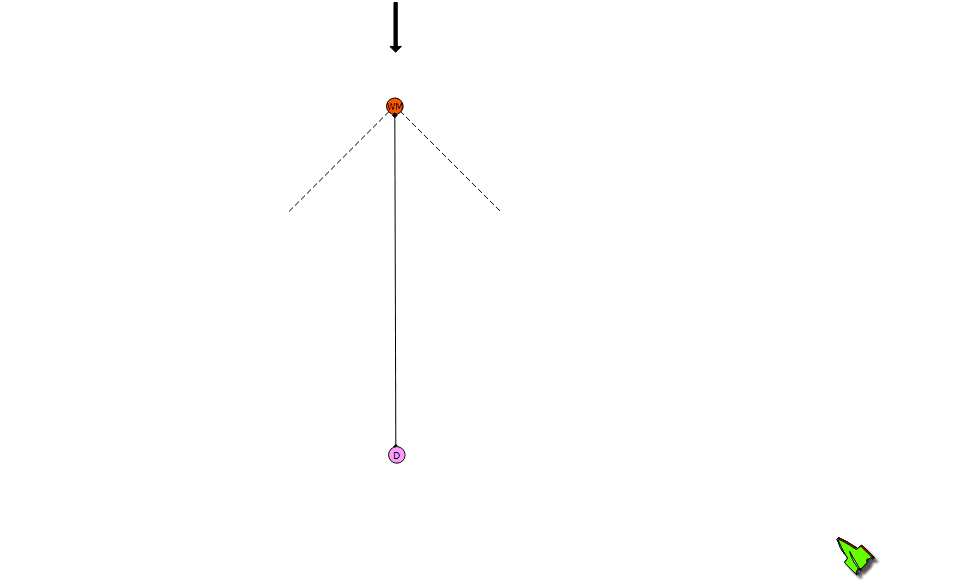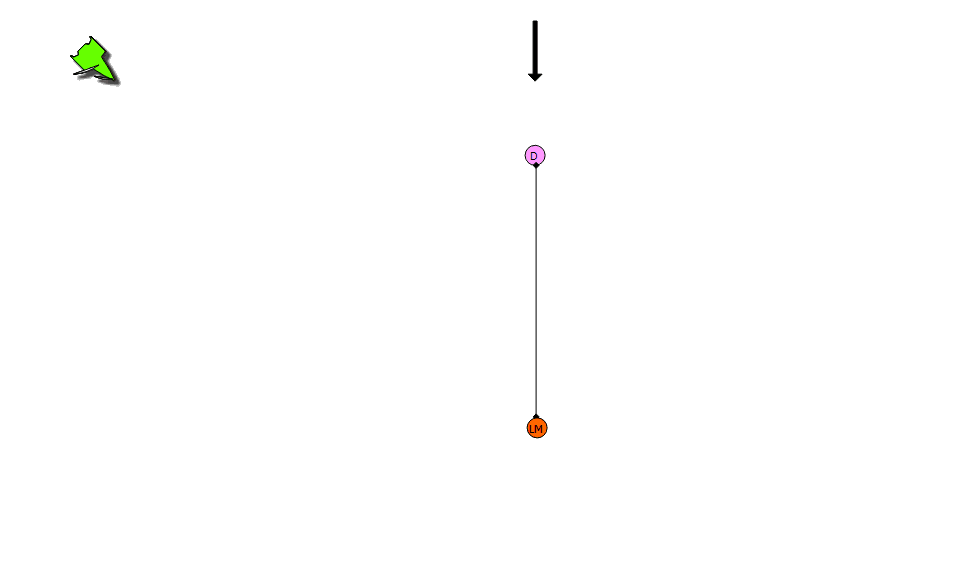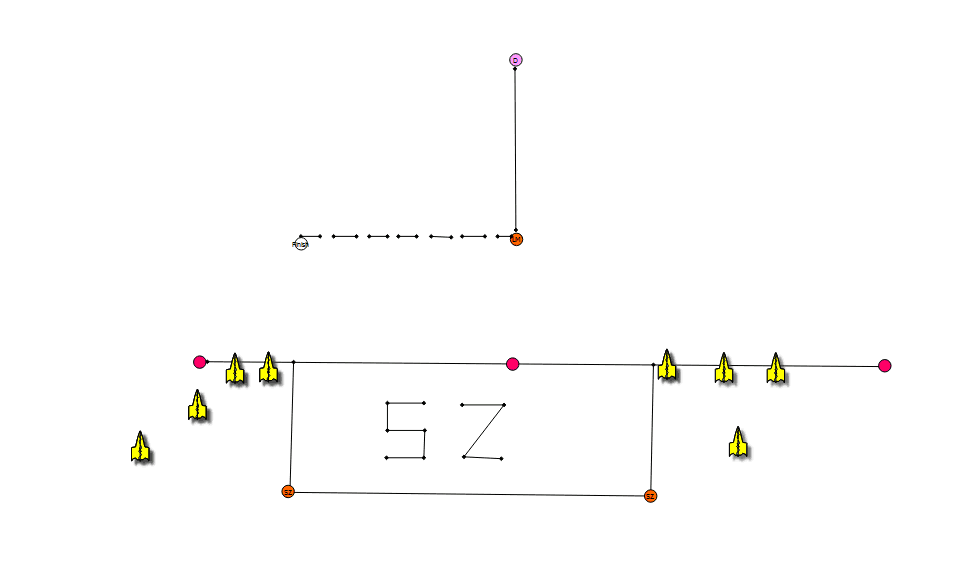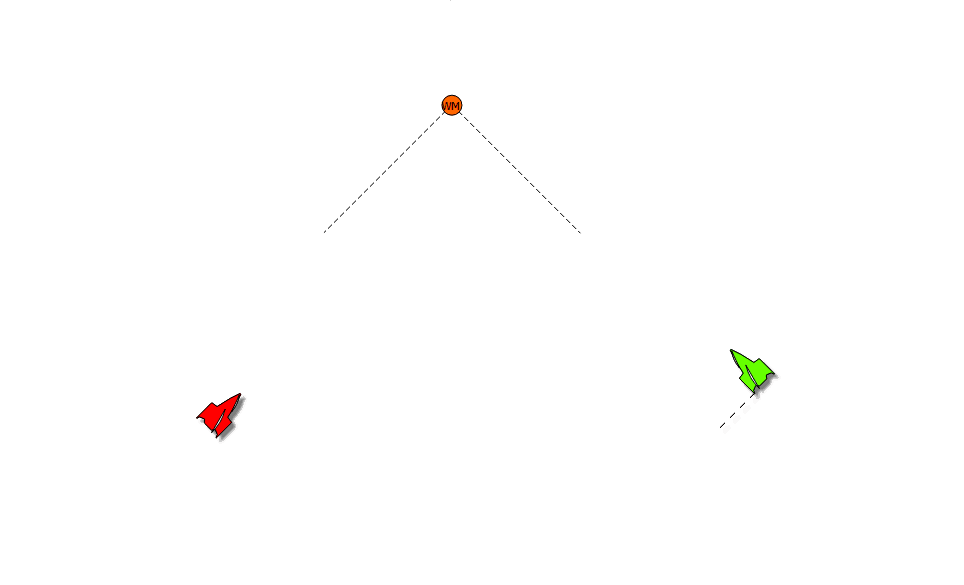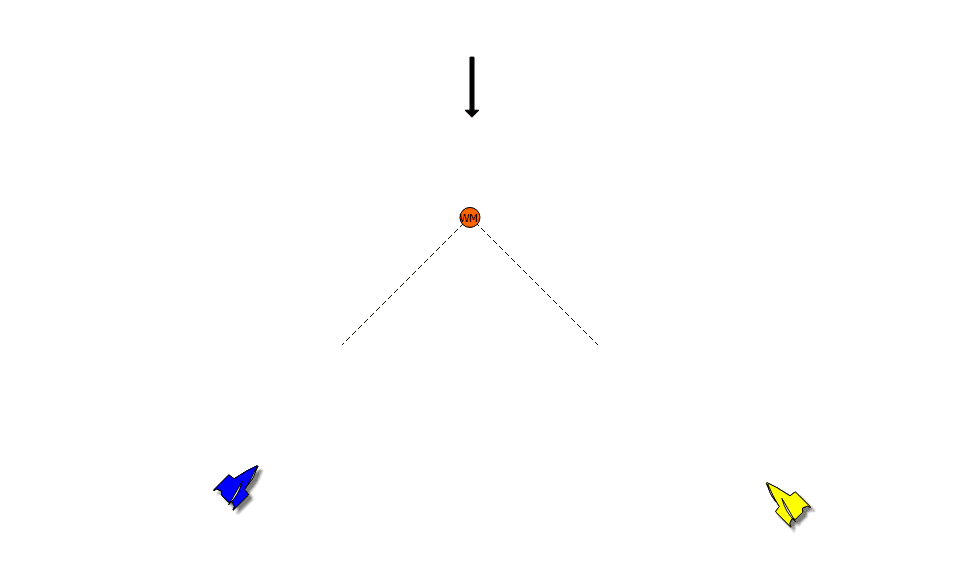National Iceboat Authority Racing Rules Change Summary
By Tim McCormick
This is an excerpt. Read the entire summary here.
DARLING COURSE
The second course is the DARLING COURSE, which is a STANDARD COURSE modified with
the addition of two DARLING MARKS which must be left to PORT. This is named in honor of
John Darling who was the resident race committee and race starter in the New Jersey area
throughout the 1970's and 1980's. Mr. Darling was the first to use the DARLING MARK at the
leeward end of the course. The DARLING MARK serves several purposes:.
WINDWARD APPROACH
A. In larger fleets, there can be a tendency for some of the even side starters on
STARBOARD TACK to over stand the windward MARK. When they tack over to PORT
TACK, they are set up for a head on collision with yachts that have already rounded the
windward MARK. Therefore, near the windward MARK, the DARLING MARK creates
separation between ON-THE-WIND PORT TACK yachts and OFF-THE-WIND
STARBOARD TACK yachts to minimize collisions.
WINDWARD AFTER ROUNDING
B. After rounding the windward MARK, some yachts may desire to JIBE as soon as
possible. This can create head-on collision situations with STARBOARD TACK ONTHE-WIND
yachts that have understood the windward MARK. Therefore, near the
windward MARK, the DARLING MARK creates separation between ON-THE-WIND
STARBOARD TACK yachts and OFF-THE-WIND PORT TACK yachts to minimize
collisions.
LEEWARD MARK
C. Creates separation between a PORT TACK ON-THE-WIND yacht that has just rounded
the leeward MARK and STARBOARD TACK OFF-THE-WIND yachts approaching the
leeward MARK.
D. Creates separation between a STARBOARD TACK ON-THE-WIND yacht that has just
rounded the leeward MARK and subsequently TACKED and a PORT TACK OFF-THEWIND
yacht approaching the leeward MARK.
The bottom line is….the DARLING MARK is intended to create separation between yachts
which should minimize head-on collisions near the potentially congested areas around a MARK.
Some may claim that DARLING MARKS reduce the playing field and reduce the tactical
freedom of a race. I think they’re overstating it. With a 1 mile course and two DARLING
MARKS each placed 100 yards from their associated MARK, the “tactical area” is only reduced
by 11% (200yards x 1 mile/1760 yards = 0.11). Typically sailors don’t change tacks until
they’ve completed the MARK rounding and achieved full speed. That is likely 50 yards from a
MARK so the real effect on the “tactical area” is more like 5%. This is a minor issue compared
to the safety gained.
A key point regarding DARLING MARKS is the imaginary line between the MARK and its
accompanying DARLING MARK is considered part of the MARK. Therefore, if a yacht crosses
over this line, she will have fouled the MARK and be disqualified.
The disadvantage of the DARLING MARKS, of course, is the need for the Race Committee to
have additional equipment and the added labor of placing or moving the DARLING MARKS on
the course.

